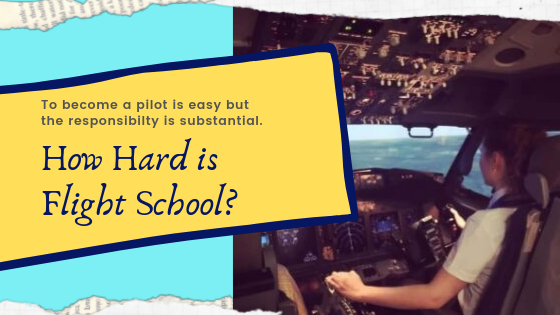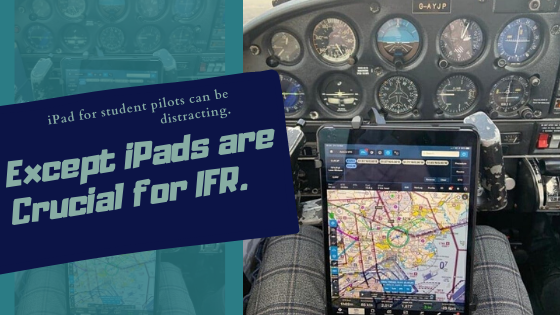Flying an airplane with color blindness. Is that a possibility?
Color vision is significant in aviation as it ensures the safety of both pilots and passengers. The safe operation of airplanes drives the entire industry, and piloting requires color vision in many aspects of flying.
One such example is: Pilots decipher critical information relying on the instrument panel. Color vision is also essential for navigating and interpreting adverse weather conditions.
Can you be a pilot if you’re color blind?
There are multiple tasks as a pilot that require color vision. Pilots distinguish colors on the GPS to determine adverse weather conditions.
Assuming you’re a color-blind private pilot preparing to take off on a warm evening.
You’re in a tropical country where it often rains. The weather can get harsh pretty quickly.
But you’re confident the weather en route to your destination is perfect—no signs of rain or harsh weather.
However, you know the weather can be unpredictable.
You took off from your departure point on a warm evening, relying on your GPS, which gives color-coded images of clouds to signal the poor weather.
In this scenario, if you’re color blind, you’re likely gambling with your life relying on the weather en route.
Because you can’t identify the poor weather because of color differences.
A pilot with color vision identifies the severity of the weather using colored images and reroutes to avoid harsh weather.
Why having color vision is essential to piloting aircraft?
Instrument flying: Many instruments and displays in an aircraft rely on color coding to convey crucial information to the pilots.
Navigation: Color coding is also used in navigation aids, like runway lights and beacons. Different colors of lights and markers are used in airports to maintain safe ground and airspace operations.
Signage: Signs and markings on the airport runway and taxiways are also color-coded. For example, white markings indicate the runway, while yellow markings indicate the taxiway.
Weather: Color vision is also essential when it comes to weather conditions. Weather maps and radar displays use color coding to indicate precipitation levels, turbulence, and other weather conditions.
Federal Aviation Administration (FAA) regulations related to color blindness:
FAA has strict regulations related to color blindness for pilots. These regulations ensure that the pilots are not color-blind and can interpret the color-coded information necessary for the safe operation of an aircraft.
FAA requires that the pilots pass a color vision test as part of the medical certification process.
The Ishihara color vision test consists of plates with dots of different colors and sizes arranged in a pattern. To pass the test, the pilot must correctly identify the numbers or shapes on the scales.
Exceptions for color blind pilots by FAA.
FAA allows pilots with certain types and degrees of color vision deficiency to hold a medical certificate, but they must meet specific criteria.
Pilots with mild color vision deficiencies might be eligible for a Statement of Demonstrated Ability (SODA) if they can demonstrate the ability to identify and distinguish aviation colors.
Pilots with more severe color vision deficiencies might be eligible for a special issuance medical certificate if they can demonstrate the ability to perform the required aviation tasks.
However, certain color vision deficiencies are considered disqualifying for the pilots, such as complete color blindness (achromatopsia). Pilots with these conditions are not eligible for a medical certificate and cannot legally fly an aircraft.
Special Issuance Authorization (SIA).
The SIA process for color vision deficiencies allows pilots with certain types and degrees of color vision deficiency to be eligible for a medical certificate.
The process involves demonstrating the ability to safely perform the required aviation tasks and identify aviation colors, typically through a practical test.
The practical test might include reading instruments and interpreting aviation charts and maps. FAA might also require additional testing, like a flight test with a designated pilot examiner.
The SIA process can be lengthy and involved, requiring documentation and medical evaluations.
FAA might require the pilot to provide additional information or medical reports before granting the SIA. The pilot might also undergo periodic medical evaluations to maintain their SIA and medical certificate.
Closing Remarks and Advice for Aspiring Pilots with Color Blindness.
If you’re an aspiring pilot with color vision challenges, there are valuable recommendations to aid you in pursuing your dream of taking to the skies. One crucial suggestion is to seek an early assessment if you suspect you have a color vision deficiency. This step is vital during the initial stages of your training.
Understand the limitations of your condition beforehand and the alternatives that might be available to you.
Research training options: Research various training options to find one that might be more accommodating to your specific situation, as not all flight schools or training programs have the exact requirements for color vision.
Consider the flying you want: Becoming color-blind depends on your license type. For example, commercial airline pilots might have more stringent color vision requirements than private pilots.
Learn alternative methods: There are alternative methods for interpreting aviation colors and identifying objects, such as using position lights, shapes, and patterns. Learning these alternative methods will help you compensate for your color vision deficiency.
Be prepared for a more protracted process: SIA process for obtaining a medical certificate might take longer for pilots with color vision deficiencies, so be ready for a longer process and potential delays.
Seek support: It can be helpful to connect with other pilots with color vision deficiencies to learn about their experiences and get help. You can also seek guidance from aviation medical examiners and FAA representatives.
What are the chances for color-blind Individuals to be private pilots? Potential pathways for aspiring pilots with color vision deficiencies.





